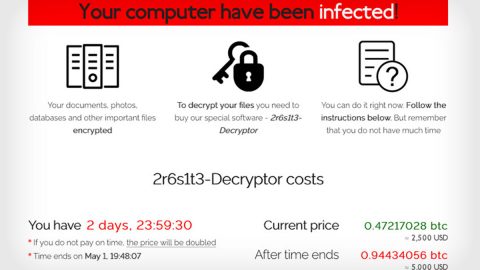Two step verification has grown more and more popular over the last few years.
Some people use two step verification to protect their accounts, while others do not. Accounts with two step verification are virtually impenetrable to hackers because the hacker needs two things to get into your account:
-Something you have
-Something you know
With online two step verification, that ‘something you have’ is usually your phone, which receives a text message confirming your login request. ‘Something you know’ is your password. You don’t have to do the two step verification every time you sign on, but you do have to do it when signing on from an unfamiliar location or from a new computer.
Microsoft is finally roiling out two step verification for some of its services and devices. Two step functionality is now available on:
-Windows operating systems
-Windows Phone
-Outlook.com
-Xbox
-SkyDrive
When you activate two step verification on these services, you can view the location history of all your recent sign-ins as well as any failed account logins. You can also see the location where recovery code requests came from, making it easy to see if anybody is actively trying to gain access to your account.

You can choose for your second step verification to come from either your phone or your email account. After logging into your account using your usual username/password combination, Microsoft will email or text you a code.
Two step verification users will also be able to generate a recovery code, which is an alphanumeric string of numbers that lets you bypass two step verification and access your account – which would be useful if you lost your phone.












